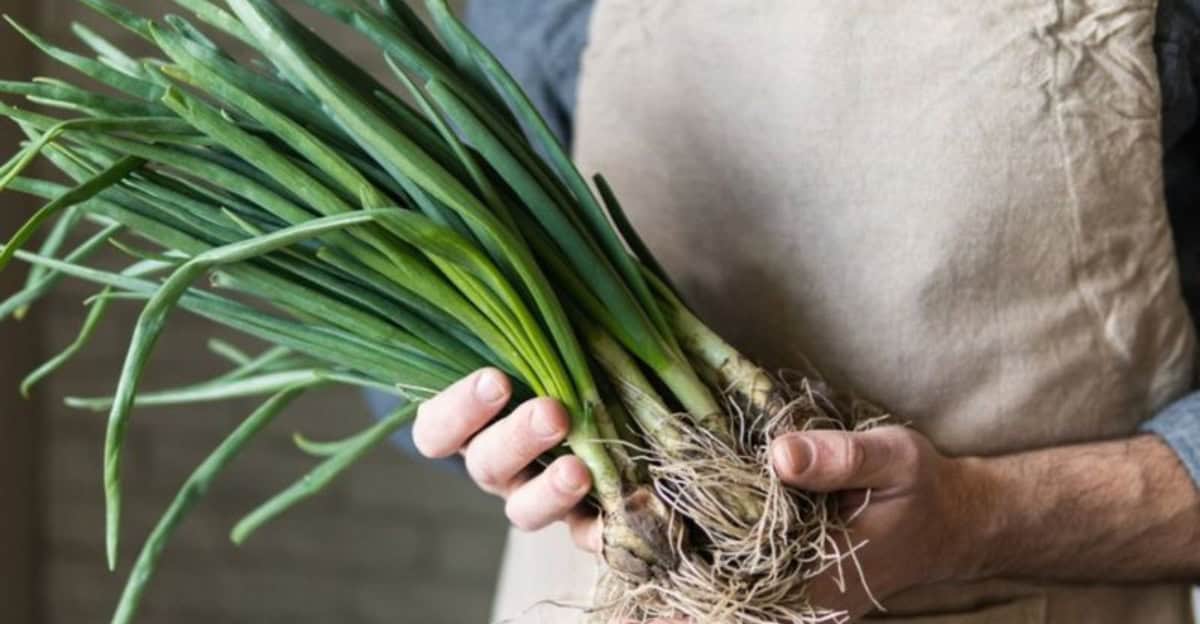Green onions are a versatile and delicious addition to any garden. With the right tricks, you can grow them easily and efficiently.
Here are our top 10 tips for cultivating thriving green onions, ensuring a bountiful harvest throughout the growing season.
1. Choose the Right Soil
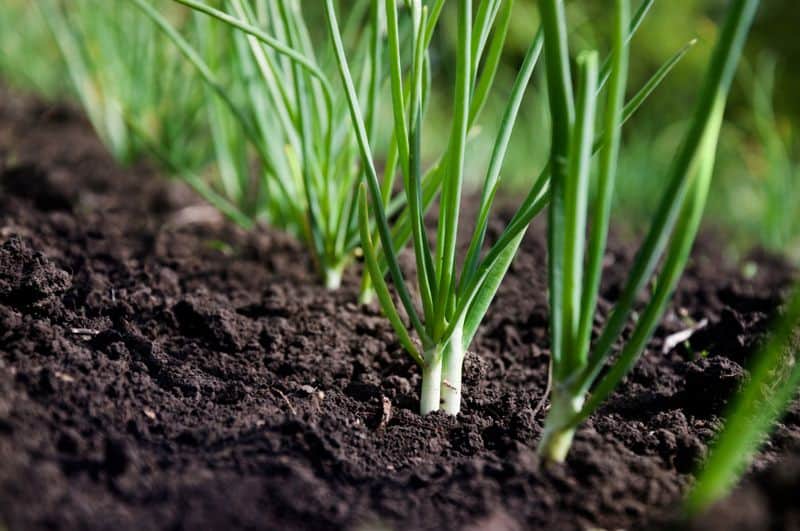
Selecting the appropriate soil is crucial for healthy green onions. Aim for well-draining, fertile soil with a pH between 6.2 and 6.8.
This ensures optimal growth. A mix of compost and sandy loam will encourage strong root development. Healthy roots lead to vibrant, flavorful stalks.
2. Plant at the Right Time

Timing is everything when planting green onions. Consider your climate zone; plant in early spring or late summer for best results.
Cooler temperatures help onions establish before summer heat. Planting at the right time ensures strong, resilient plants that can withstand varying weather conditions.
3. Ensure Proper Spacing
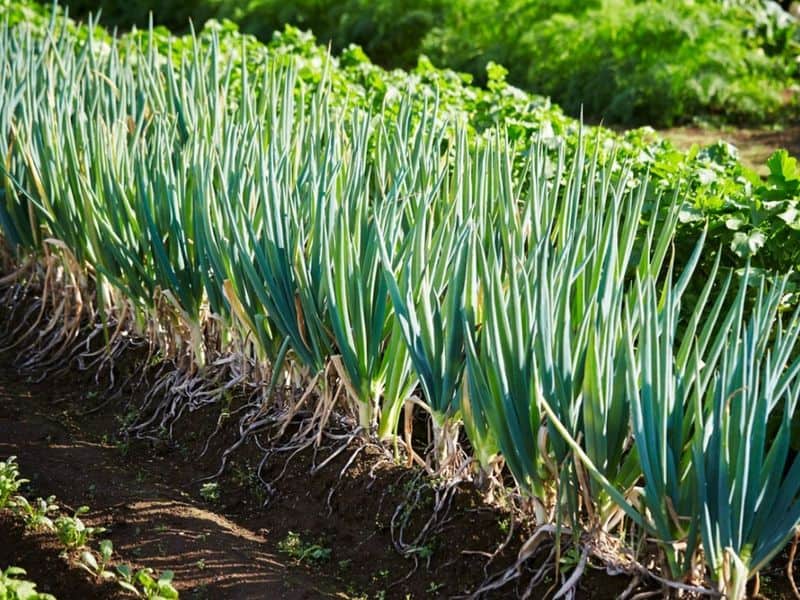
Spacing green onions correctly prevents overcrowding, promoting airflow and reducing disease risks.
Space seeds or seedlings about 1-2 inches apart in rows 12 inches apart. This allows room for growth without competition for nutrients.
4. Use Companion Planting
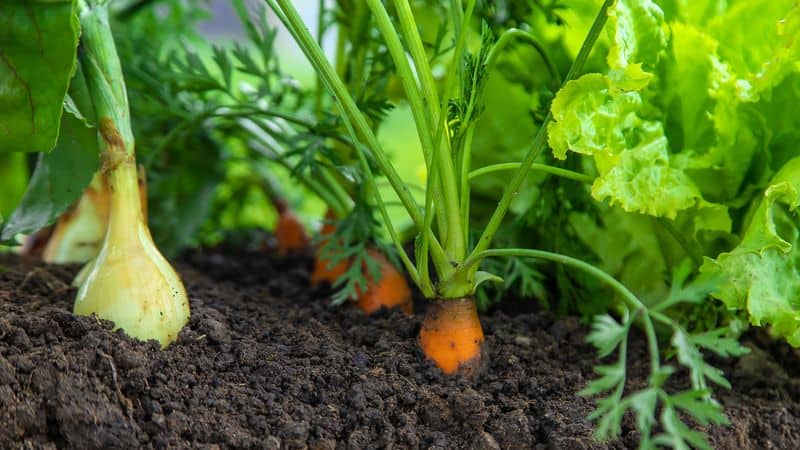
Companion planting benefits green onions by deterring pests and enhancing growth. Plant them alongside carrots, lettuce, or beets.
These companions don’t compete for resources and can improve soil health. This symbiotic relationship boosts overall garden productivity and keeps your onions thriving.
5. Regular Watering Routine
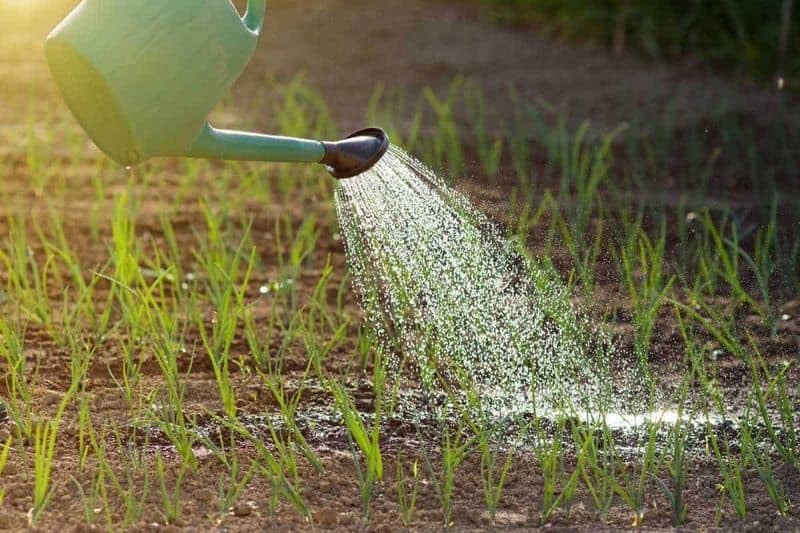
Consistent watering is key for green onion growth. Water deeply but infrequently, about 1 inch per week. This encourages deep root systems.
Avoid overhead watering; focus on the base of the plant to minimize fungal diseases. Consistent moisture levels lead to healthy, robust onions.
6. Control Weeds Effectively

Weeds compete for nutrients and water, hindering green onion growth. Regularly remove weeds manually or use mulch to suppress them.
This practice conserves soil moisture and reduces competition, allowing your onions to flourish. A weed-free environment ensures your onions receive all necessary nutrients.
7. Fertilize Wisely
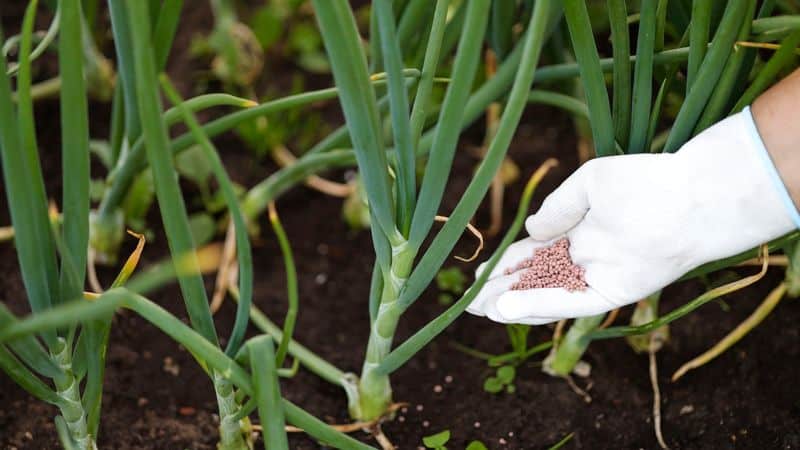
Fertilizing green onions boosts their growth and flavor. Use a balanced, organic fertilizer every three to four weeks.
This supplies essential nutrients without risking chemical buildup. Avoid over-fertilizing, as it can damage roots. Wise fertilization ensures strong, healthy, and tasty onion crops.
8. Harvest at the Right Time

Harvesting at the right time is crucial for flavor and texture. Pick green onions when they reach 6-8 inches tall, or as needed for size.
Use a sharp knife or scissors to cut above the soil line. Prompt harvesting encourages regrowth, ensuring a continuous supply throughout the season.
9. Practice Crop Rotation
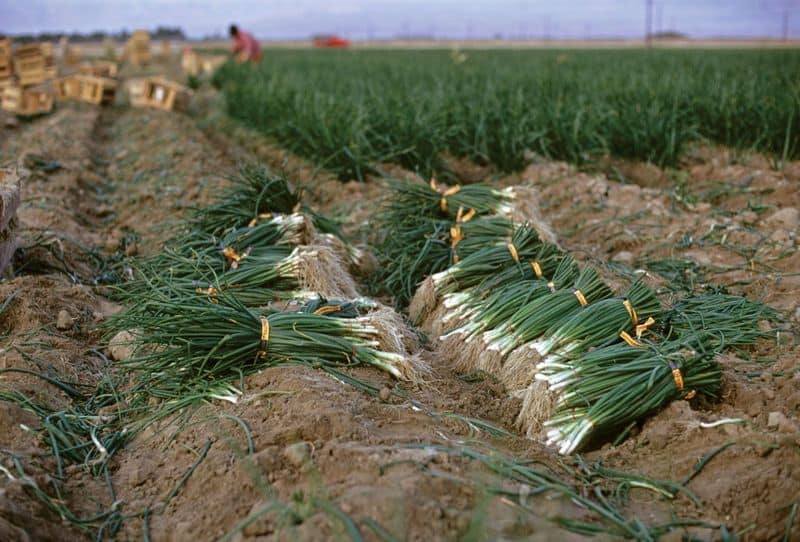
Crop rotation prevents soil depletion and disease buildup. Avoid planting onions in the same spot each year.
Rotate with non-allium crops like lettuce or carrots. This practice maintains soil vitality and reduces pest incidences.
10. Protect from Pests

Protecting green onions from pests is essential. Use natural deterrents like garlic spray or netting.
Keep an eye out for common pests like onion maggots and thrips. Early detection and intervention help preserve your crop.

